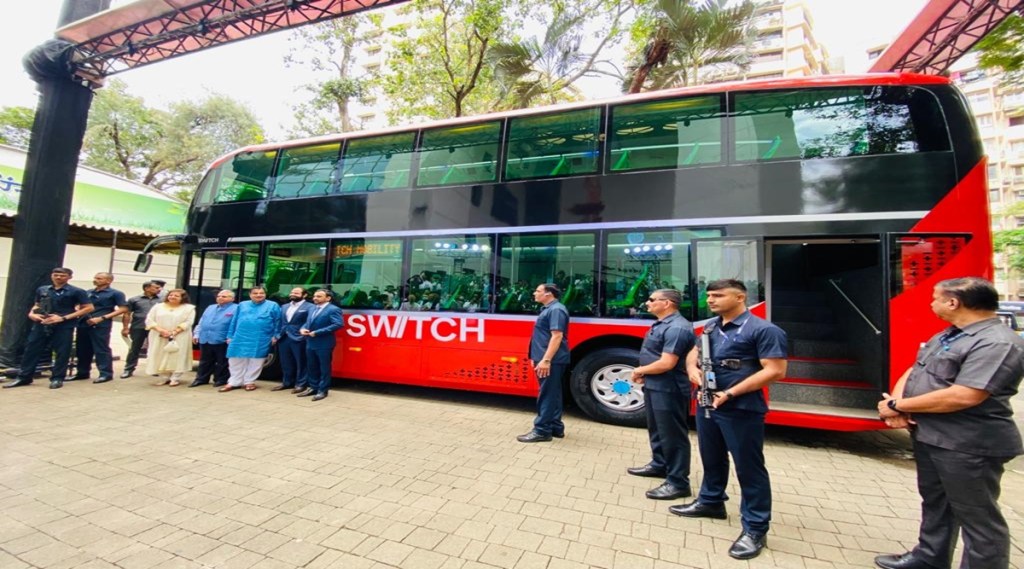Among India’s most polluted cities, Mumbai is also one of the country’s biggest tourist destinations. The Gateway of India, Red Carpet Wax Museum, Haji Ali Dargah, Siddhivinayak Temple, Chhatrapati Shivaji Maharaj Terminus, and Powai Lake draw hundreds of thousands of visitors every day — adding to an already-high carbon footprint. The Brihanmumbai Electric Supply and Transport (BEST) has come up with a novel way for visitors to sight-see in Mumbai in a sustainable manner. BEST inducted two new electric buses, including India’s first air-conditioned double-decker bus, to its fleet on Thursday.
Videos and photographs of the black-and-red double-decker bus and the blue single-decker bus have already gone viral on social media.
Also Read | Janmashtami 2022: Must visit places in India by train to experience the majesty of celebrations
The buses will undergo trial runs before plying from next month.
The double-decker buses are similar to the Metrodecker, operational in London. Each bus can accommodate 99 people and ranges between 10.5 m and 11.1 m in length — one of the longest in its fleet. Powered by a 250-kw electric motor, the bus has a range of over 300 km on a single, six-hour charge.
Union Road Transport Minister Nitin Gadkari, Maharashtra Chief Minister Eknath Shinde, and his deputy Devendra Fadanvis attended the event where a single-decker electric bus, specifically for app-based premium service, and the double-decker bus were launched.
BEST also unveiled two books, including a coffee table book, at the event.
The transport utility has issued a purchase order for 900 electric buses from a private company. Of these, half of the buses are expected to be delivered by March and the remainder in phases thereafter.
Also Read | Passengers to now pay more for traveling with children under 5 year? Here’s what Indian Railways has said
BEST also plans to launch a premium app-based public transport. Officials said passengers would have to book seats through the mobile application and might have to shell out premium fares when compared to conventional buses for the service.
The utility is Mumbai’s second-biggest mode of public transport after the suburban trains. BEST, with a fleet of nearly 3,700 buses, ferry over 30 lakh passengers daily. In comparison, the suburban trains ferry 75 lakh passengers a day.
